How to Care for Kaffir Lime Tree: 3 Key Tips for Fragrant Leaves and Small Fruits
If you've ever cooked authentic Thai or Southeast Asian cuisine, you know the magical aroma that kaffir lime leaves bring to dishes. That distinctive citrusy fragrance comes from the unique double-lobed leaves of the kaffir lime tree (Citrus hystrix). Growing this tropical citrus tree can be incredibly rewarding, especially when you're harvesting your own fragrant leaves and small bumpy fruits for cooking.
Many gardeners find themselves struggling with yellowing leaves, poor growth, or lack of fruit production. The good news? With these three essential care strategies, you can successfully grow a healthy kaffir lime tree that produces abundant aromatic leaves and those characteristic small, bumpy fruits.
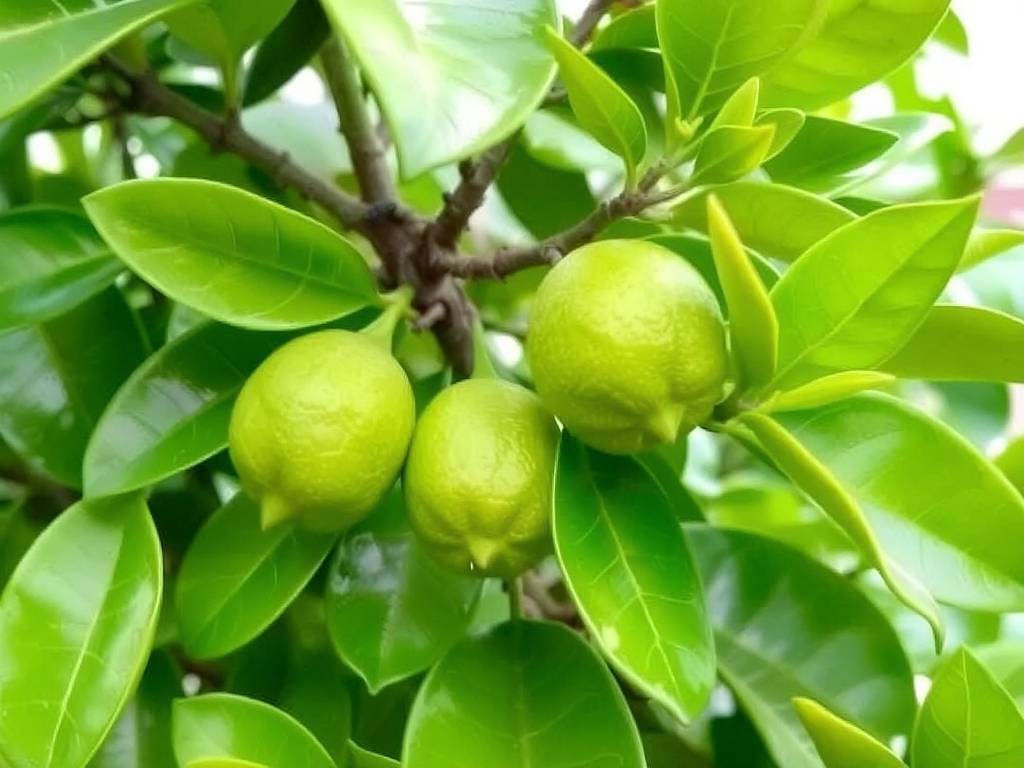
Understanding Your Kaffir Lime Tree's Natural Habitat
Before diving into care tips, it helps to understand where this plant originates. Kaffir lime trees are native to tropical Southeast Asia, where they enjoy warm temperatures, high humidity, and well-draining soil. Recreating these conditions is key to your success, whether you're growing your tree outdoors in warm climates or as a container plant in cooler regions.
Now, let's explore the three fundamental aspects of kaffir lime tree care that will ensure you get those wonderfully fragrant leaves and small fruits.
1. Perfecting the Growing Environment: Sun, Soil, and Temperature
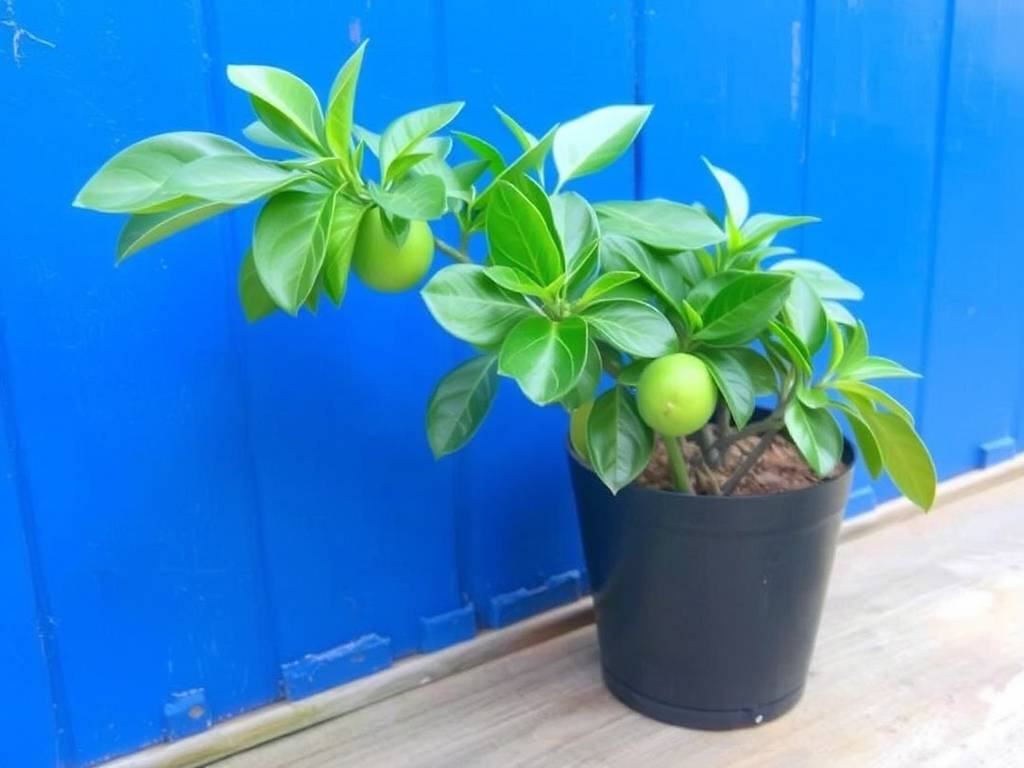
Getting the basic growing conditions right is the foundation of healthy kaffir lime trees. These trees are particular about their environment, but once you provide what they need, they'll thrive beautifully.
Sunlight Requirements for Optimal Growth Kaffir lime trees are sun worshippers. They need at least 6-8 hours of direct sunlight daily to produce those intensely fragrant leaves and develop fruits. South-facing locations are ideal, whether planted in the ground or in containers. Without sufficient sunlight, your tree will struggle to produce the essential oils that make the leaves so aromatic, and fruit production will be minimal.
If you're growing your kaffir lime tree indoors, place it near your sunniest window, preferably facing south. During winter months when sunlight is weaker, consider supplementing with grow lights to maintain adequate light levels.
Soil Composition and Drainage Essentials The right soil mixture makes a tremendous difference in kaffir lime tree health. These trees demand well-draining soil that's slightly acidic, with a pH between 5.5 and 6.5. Heavy, water-retentive soils will cause root rot and eventual tree decline.
For container-grown kaffir lime trees, use a high-quality potting mix formulated for citrus trees, or create your own blend using:
- 2 parts potting soil
- 1 part perlite or coarse sand
- 1 part peat moss or coconut coir
- A handful of compost for nutrients
Ensure your container has adequate drainage holes, and consider adding a layer of gravel or broken pottery at the bottom to improve drainage further.
Temperature and Climate Considerations As tropical plants, kaffir lime trees are sensitive to cold and cannot tolerate freezing temperatures. They thrive in USDA zones 9-11 when grown outdoors year-round. Ideal temperatures range between 70-90°F (21-32°C).
If you live in a cooler climate, grow your kaffir lime in a container that you can move indoors when temperatures drop below 50°F (10°C). When moving plants indoors for winter, acclimate them gradually to prevent shock, and watch for pests that often appear in indoor conditions.
2. Watering and Feeding: Nourishing Your Tree for Fragrant Leaves and Fruit Production
Proper hydration and nutrition are crucial for developing those signature fragrant leaves and encouraging the tree to produce its small, bumpy fruits.
Mastering the Watering Schedule Kaffir lime trees prefer consistently moist but not waterlogged soil. The frequency of watering depends on several factors including temperature, humidity, soil type, and whether your tree is container-grown or planted in the ground.
For container trees, water when the top 1-2 inches of soil feel dry. Water thoroughly until it runs out the drainage holes, then allow the soil to approach dryness before watering again. In-ground trees need less frequent but deeper watering, encouraging roots to grow downward.
Signs of overwatering include yellowing leaves and leaf drop, while underwatered trees will have dry, curling leaves. Adjust your watering schedule seasonally – trees need more water during active growth periods in spring and summer, and less during dormant winter months.
Fertilization Strategy for Healthy Growth Regular feeding is essential for kaffir lime trees to produce fragrant leaves and develop fruits. Use a fertilizer specifically formulated for citrus trees, as these contain the right balance of nitrogen, phosphorus, and potassium, plus essential micronutrients like iron, zinc, and manganese.
During the growing season (spring through early fall), fertilize every 4-6 weeks. In winter, reduce feeding to once every 8-10 weeks or stop altogether if your tree becomes dormant.
For organic options, well-composted manure, fish emulsion, or seaweed extracts work well. Remember that nitrogen promotes leaf growth (great for fragrant leaves), while phosphorus supports root development and flowering, which leads to fruit production.
Addressing Nutrient Deficiencies Yellowing leaves often indicate nutrient deficiencies. Citrus trees are particularly prone to iron deficiency in alkaline soils, which shows as yellow leaves with green veins. If you notice this, apply chelated iron according to package directions, and consider adjusting your soil pH if it's too high.
3. Pruning, Harvesting, and Troubleshooting Common Problems
Regular maintenance ensures your tree remains healthy, productive, and manageable in size, especially important for container-grown specimens.
Pruning for Health and Productivity Prune your kaffir lime tree in late winter or early spring before new growth emerges. Focus on removing:
- Dead, damaged, or diseased branches
- Crossed branches that rub against each other
- Overcrowded growth to improve air circulation
- Overly long or leggy branches to maintain shape
When pruning for fragrant leaf production, remember that the newest leaves often have the strongest aroma. Regular light pruning can encourage bushier growth with more young leaves for harvesting.
Harvesting Leaves and Fruits Correctly For the most fragrant leaves, harvest in the morning when essential oil content is highest. Choose mature, dark green leaves rather than very young light green ones. You can harvest individual leaves or snip small branches. The leaves freeze exceptionally well, so you can preserve your harvest for year-round use.
The small, bumpy fruits typically develop on mature trees (2-3 years old). Harvest fruits when they're fully grown and the skin turns from dark green to light greenish-yellow. While not typically eaten fresh like other citrus, the zest and juice of kaffir limes are used in various Southeast Asian dishes and traditional medicines.
Identifying and Solving Common Kaffir Lime Tree Problems Even with excellent care, you might encounter some issues:
- Yellow leaves: Often caused by overwatering, poor drainage, or nutrient deficiencies
- Leaf drop: Sudden environmental changes, temperature stress, or improper watering
- Pests: Watch for spider mites, scale insects, and aphids, especially on indoor trees
- No flowers or fruits: Usually due to insufficient light, improper fertilization, or a tree that's too young
Regularly inspect your tree, and address problems promptly to prevent them from escalating. For pests, horticultural oils or insecticidal soaps are effective treatments that won't harm your ability to harvest leaves for cooking.
Encouraging Fruit Production on Your Kaffir Lime Tree If your tree is healthy but not fruiting, consider these factors:
- Age: Trees typically need to be 2-3 years old before fruiting
- Pollination: Kaffir limes are self-fertile, but may benefit from gentle shaking when flowering to distribute pollen
- Stress: Sometimes a slight reduction in water can trigger flowering
- Phosphorus: Ensure your fertilizer contains adequate phosphorus, which promotes flowering and fruiting
Final Thoughts on Growing Success
Caring for a kaffir lime tree requires attention to its specific needs, but the reward of having fresh, fragrant leaves and unique fruits at your fingertips is well worth the effort. Remember that consistency is key – these trees respond well to stable growing conditions and regular care.
Whether you're growing your kaffir lime tree for its culinary uses or as an ornamental plant, following these three key areas of care will ensure you have a healthy, productive tree for years to come. The intense citrus aroma released when you crush a leaf between your fingers is a sure sign you're providing the right conditions for your kaffir lime to thrive.
Happy growing, and may your kitchen be filled with the incredible fragrance of homegrown kaffir lime leaves!
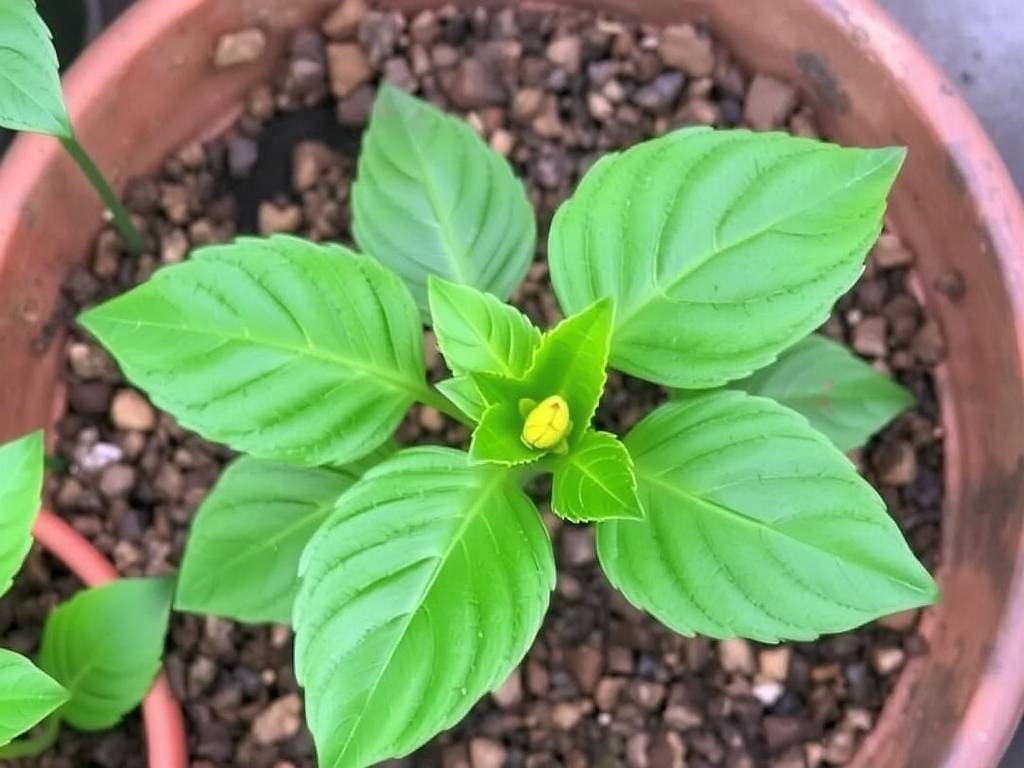
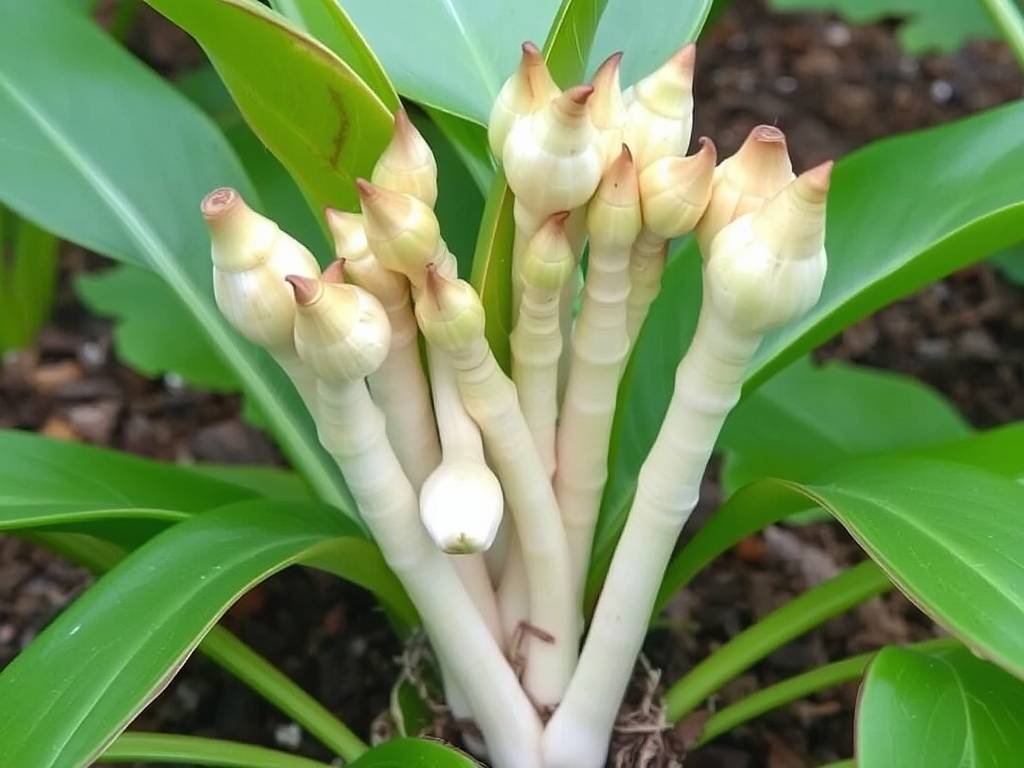
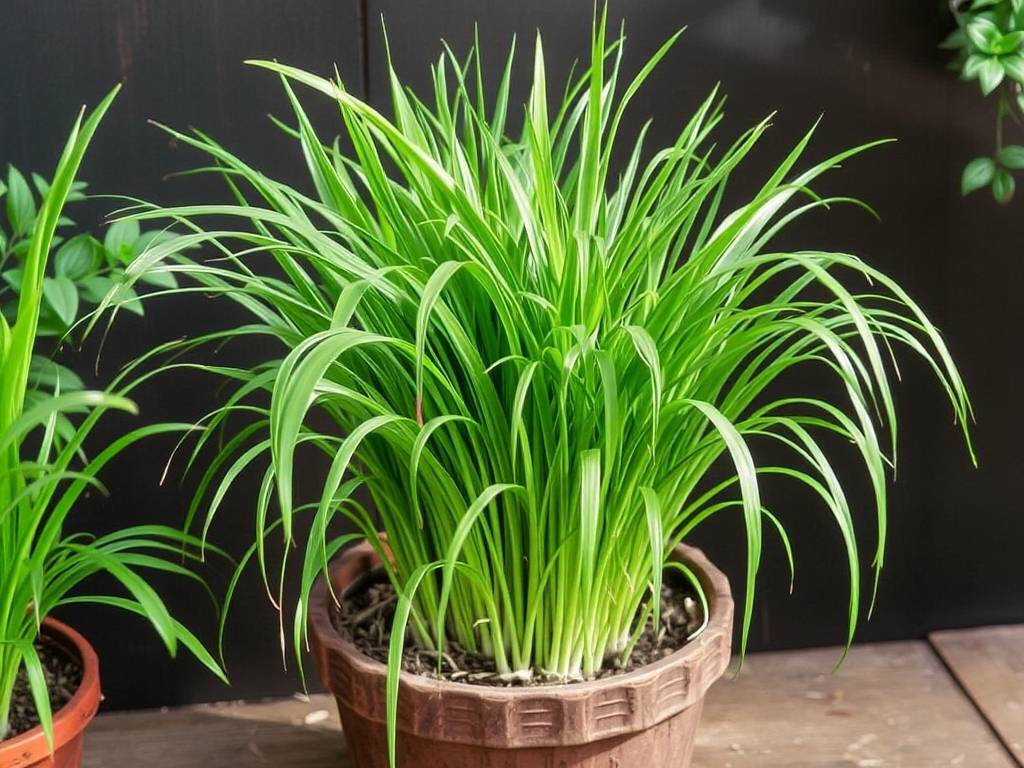
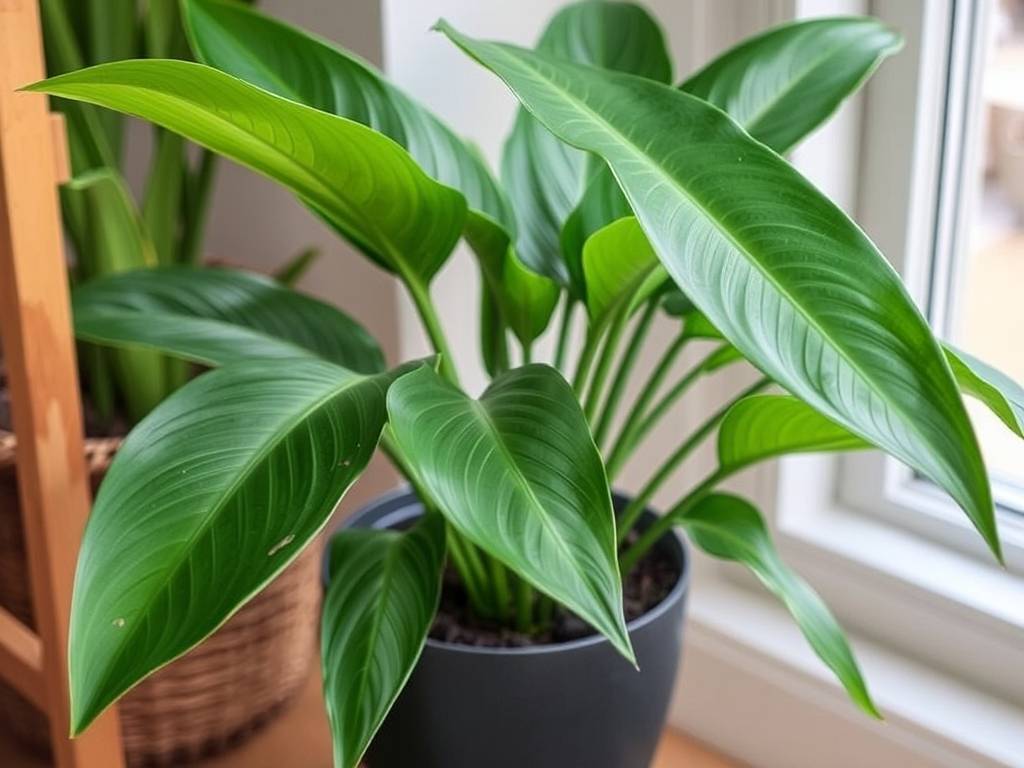
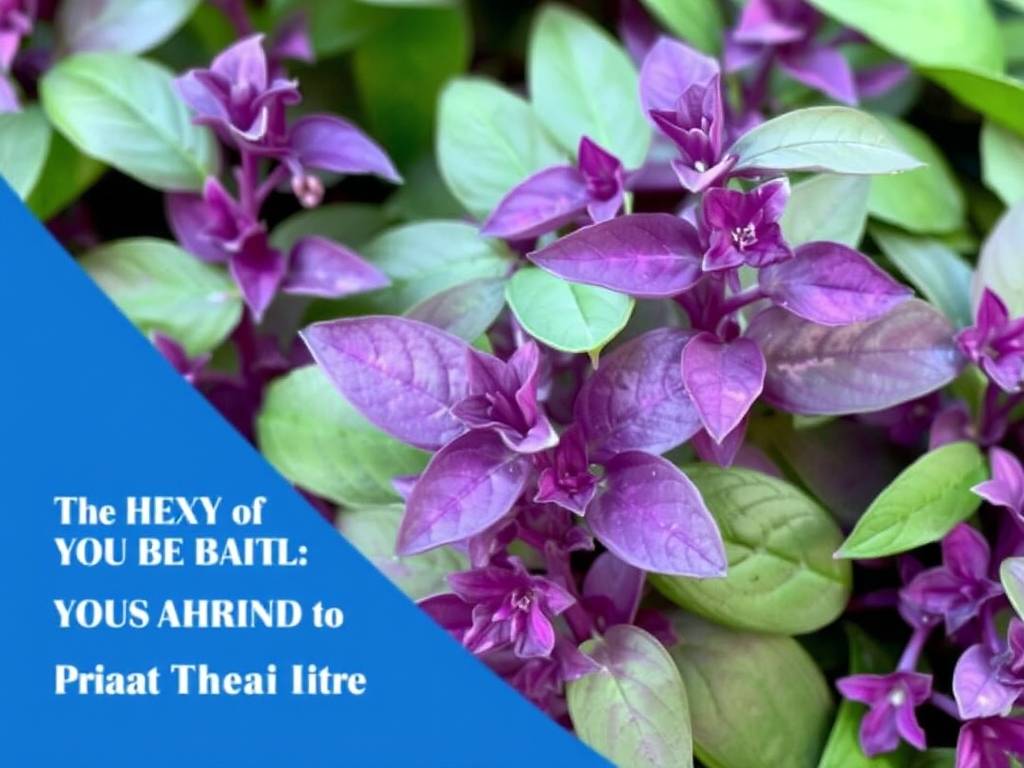
发表评论